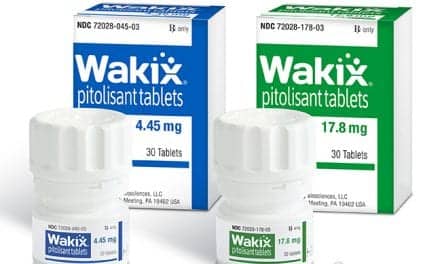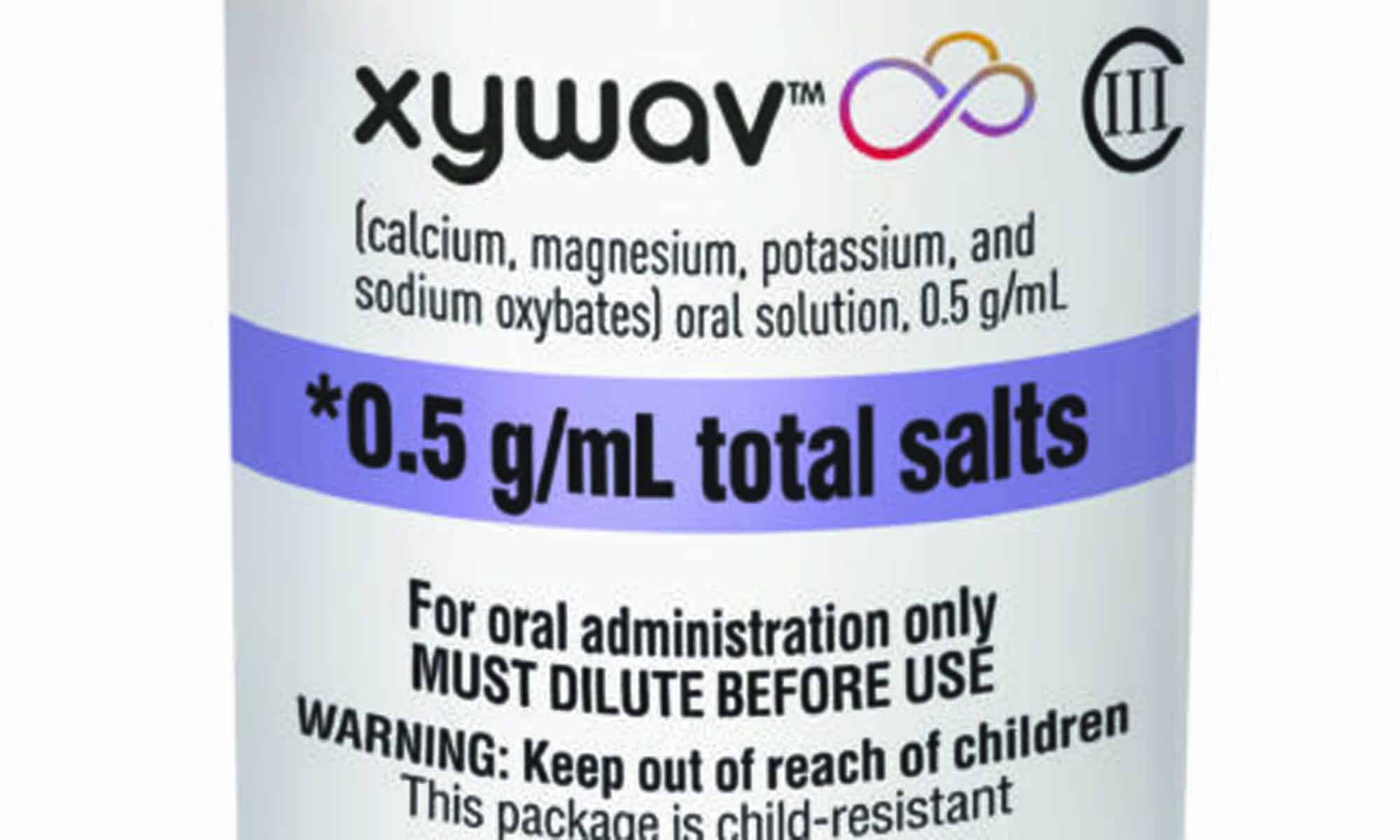The positive top-line results of the phase 2 trial support the safety and tolerability of KP1077.
Summary: The phase 2 clinical trial of KP1077 by Zevra Therapeutics for treating idiopathic hypersomnia (IH) has yielded positive top-line results, confirming the drug’s safety and tolerability. KP1077 demonstrated significant improvements in symptoms such as excessive daytime sleepiness. The data from this trial will inform the design of a forthcoming phase 3 study. Despite not being powered for statistical significance, the study’s secondary and exploratory endpoints have laid the groundwork for further research, with plans to discuss phase 3 trial design with the FDA.
Key Takeaways:
- KP1077 demonstrated clinically meaningful benefits for key idiopathic hypersomnia symptoms.
- The top-line data will provide key information for the design of a phase 3 study.
Zevra Therapeutics’ phase 2 clinical trial evaluating KP1077 (serdexmethylphenidate, or SDX) as a treatment for idiopathic hypersomnia (IH) demonstrated clinically meaningful impact and encouraging outcomes on both clinical safety and efficacy, the company announced.
This proof-of-concept study was not powered to demonstrate statistical significance. The data gathered for several secondary and exploratory endpoints, including the Epworth Sleepiness Scale, Idiopathic Hypersomnia Severity Scale, and Sleep Inertia Visual Analog Scale will inform the phase 3 study design.
“During the open-label dose titration period, patients showed robust improvements in IH symptom severity, including excessive daytime sleepiness that were maintained during the double-blind withdrawal period,” says Christopher Drake, PhD, FAASM, DBSM, principal investigator of the study, in a release. “At the end of the study, patients randomized into the KP1077 treatment group also demonstrated improvements in patient-reported IH specific outcomes.”
The company will present the final results of the phase 2 trial at the upcoming SLEEP 2024 annual meeting.
Phase 2 Trial Results

The positive top-line results of the phase 2 trial support the safety and tolerability of KP1077 as measured by the primary endpoint of the study. The study also successfully fulfilled the objectives of providing key information for the design of a potentially pivotal efficacy trial, and the results of the secondary efficacy endpoints were supportive of initiating a phase 3 trial of KP1077.
KP1077 was shown to be well-tolerated at all dose levels evaluated in the trial, including the highest dose of 320 mg daily, regardless of dosing regimen (once or twice daily). The most common adverse events were insomnia, headache, anxiety, nausea, and decreased appetite. Due to its unique pharmacokinetic profile, adverse events were mostly mild in severity despite higher overall exposure levels when compared to both immediate and long-acting methylphenidate products currently used off-label for the treatment of IH.
Topline results of the phase 2 study include:
- KP1077 produced clinically meaningful improvement in excessive daytime sleepiness, as assessed by change from baseline in the Epworth Sleepiness Scale, that was maintained during both the five-week open-label titration period and throughout the two-week double-blind withdrawal period for both dosing regimens.
- Patients administered KP1077 showed benefits in change from baseline for the IH Severity Scale, Sleep Inertia Visual Analog Scale, and Brain Fog severity Scale at the end of the open-label dose titration, and at the end of the double-blind withdrawal period.
- The results from the completed pPhase 2 trial provide key information for the design of a potentially pivotal phase 3 trial of KP1077 in patients with IH.
The company plans to request an end-of-Phase 2 meeting with the US Food and Drug Administration to seek guidance on the phase 3 clinical trial design.
“We believe KP1077 has strong potential to alleviate the immense burden of key IH symptoms, including excessive daytime sleepiness, sleep inertia, and brain fog, and could provide a differentiated treatment option for patients underserved by currently available therapies,” says Neil McFarlane, chief executive officer of Zevra, in a release.
Photo 194887387 © Dzmitry Dzemidovich | Dreamstime.com





